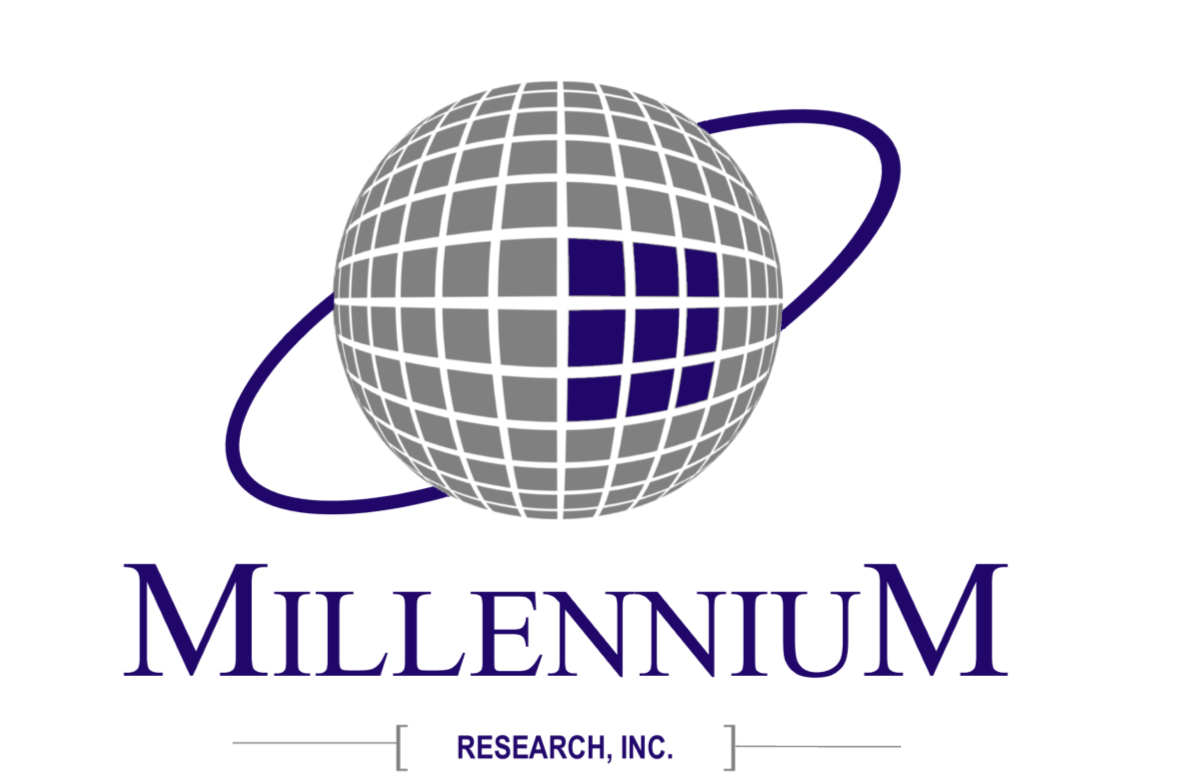I’m in the business of helping companies discover what it is about their products that make customers willingly come back for more by gaining more insight about their customers. I never knew that being an Uber driver would offer even more insights into why we need to know our customers better.
Last winter I became an Uber driver. Why, you might ask? Believe me, that question occurred to me many times during the three occasions I ventured out to provide transportation for total strangers. One of Uber’s trademarks is that passengers can rate you as a driver (on a scale of one to five stars), and you can rate them as passengers on the same scale.
Being the competitive person I am, my goal was to earn all five stars. I quickly fell short of my goal. (Just to be clear, I don’t think I received any ratings under four stars). But I wasn’t consistently rated with five stars, and as I wrestled with the reasons why not, I realized I had uncovered some reasons why marketers may choose to avoid conducting customer insight work, even when it could significantly increase their sales and profits. Many reasons boil down to this: We don’t know what we don’t know. Here are examples of what I discovered that I did not know as I ventured on my Uber driving experience:
- I had nothing in common with my customers. They didn’t think like me, they were not my age, and I felt I had little in common with them. Marketers without customer insight often design and market products the way they would use them or how they think the customer would want them. But the truth is, the people who choose specific products, have specific needs, wants, and desires in mind, and often we have little idea what those wants and needs are.
- I had no idea what experience my customers were expecting. I had only been a passenger in an Uber car once, before becoming a driver. I didn’t know my five-star competition. In my mind, my car was safe, I was clean-cut, and I got my passengers from point A to point B. What more could they want? Other drivers provided mints and water bottles to their passengers. Phone chargers, too. Well, if you’re comparing my ride to that one, yeah, maybe four stars is all I get.
- I made small mistakes that had a huge impact on customer perceptions. Yep, I missed an exit. Once. Maybe twice. I blamed the Uber mapping software. Who did the passengers blame? Yep, that’s right. Me. Two extra minutes turned five stars into four. Hey, there was road construction, too. Not my fault! That did not matter. My ratings were those that got dinged. Just as manufacturers’ defects may not be the fault of the vendor, those defects lead to customer disappointment and blame on the vendor.
- I was not prepared for something bad to happen. I drive a nice car, and I take very good care of it. One night at approximately midnight, I realized that many of my potential passengers for the duration of the evening might be those that have had one or two too many. The risk of an accident occurring inside my car, as a result of a passenger imbibing a wee bit too much, was not something that I had considered. (Fortunately, this never happened). Yet I had no contingency plan or clean-up supplies in case such an event occurred. If it had, any damage would have been my responsibility, and certainly a consequence of my lack of vision and preparation for all such contingencies.
- I spent a lot of time chasing surge zones. If you’re not familiar with surge pricing, this is how Uber gets more people operating when more customers need rides. In theory, it works great. Fares go up when there is more demand, more drivers appear, riders get where they are going faster, everybody is happy. In practice, I chased surge zones which came and went within seconds, all the while not concentrating on making the most effective use of my time. And the bottom line is that if you don’t have a passenger, you don’t get paid. So I logged some empty miles, which brought my total compensation down to what amounted to merely an interesting – and ultimately, a valuable – experience. But many companies spend time chasing a few big customers, to no avail, when there are plenty of small- and medium-sized ones eager to do business with them, and would be glad of the opportunity.
The moral of the story? Overcome the fear of product liberation:
- Understand your customers better.
- Understand the competitive environment and how to win.
- Learn what is most important to your customers, and what you can let go.
- Learn their nightmare scenario, and how to prevent it or alleviate the same.
- Target the most profitable customers.
Focus on these guidelines, and you will be getting five stars every time before you know it.

